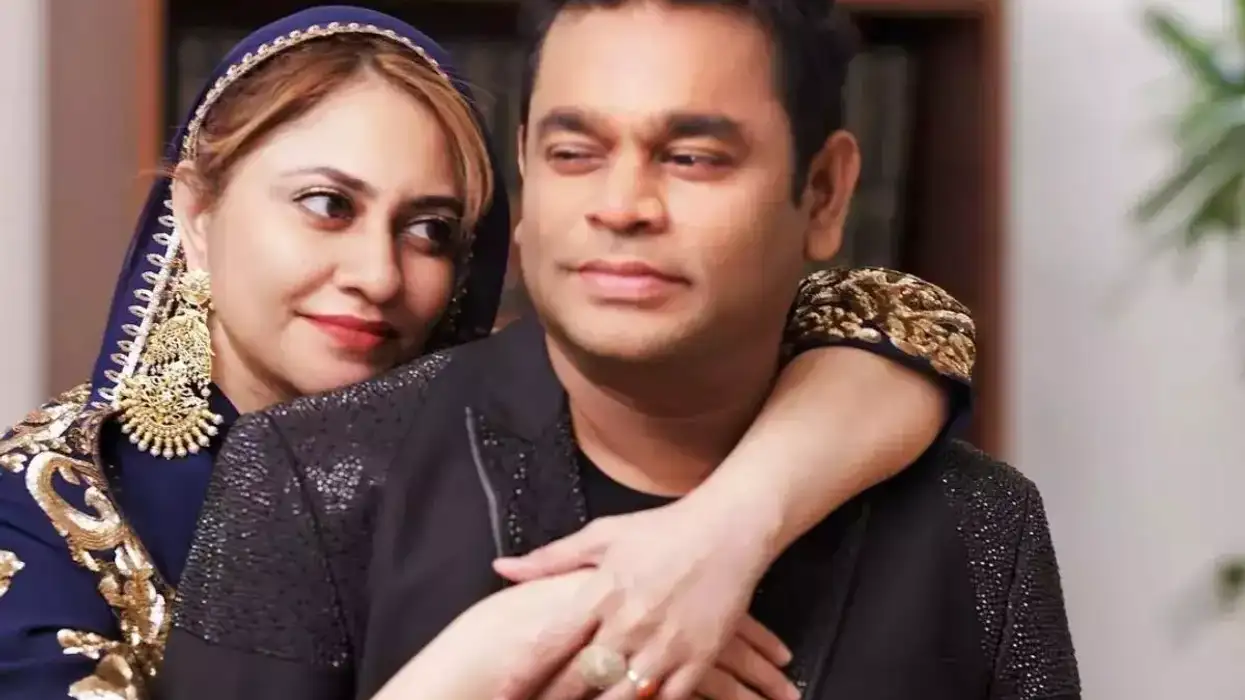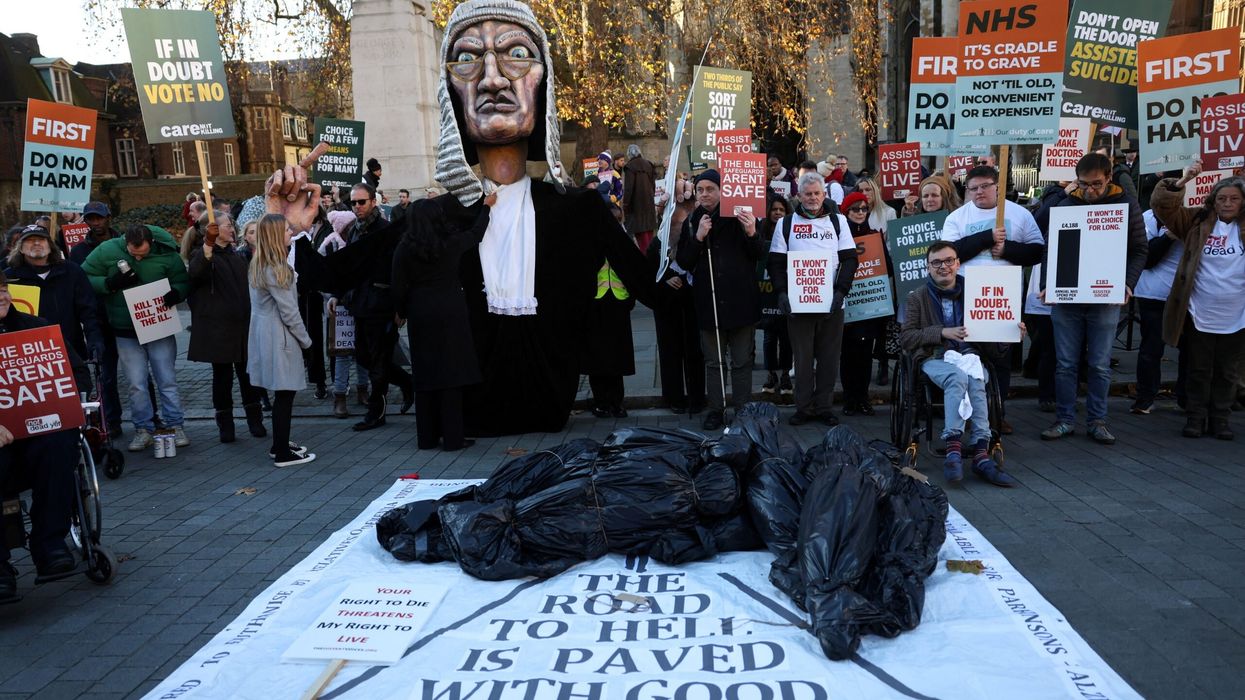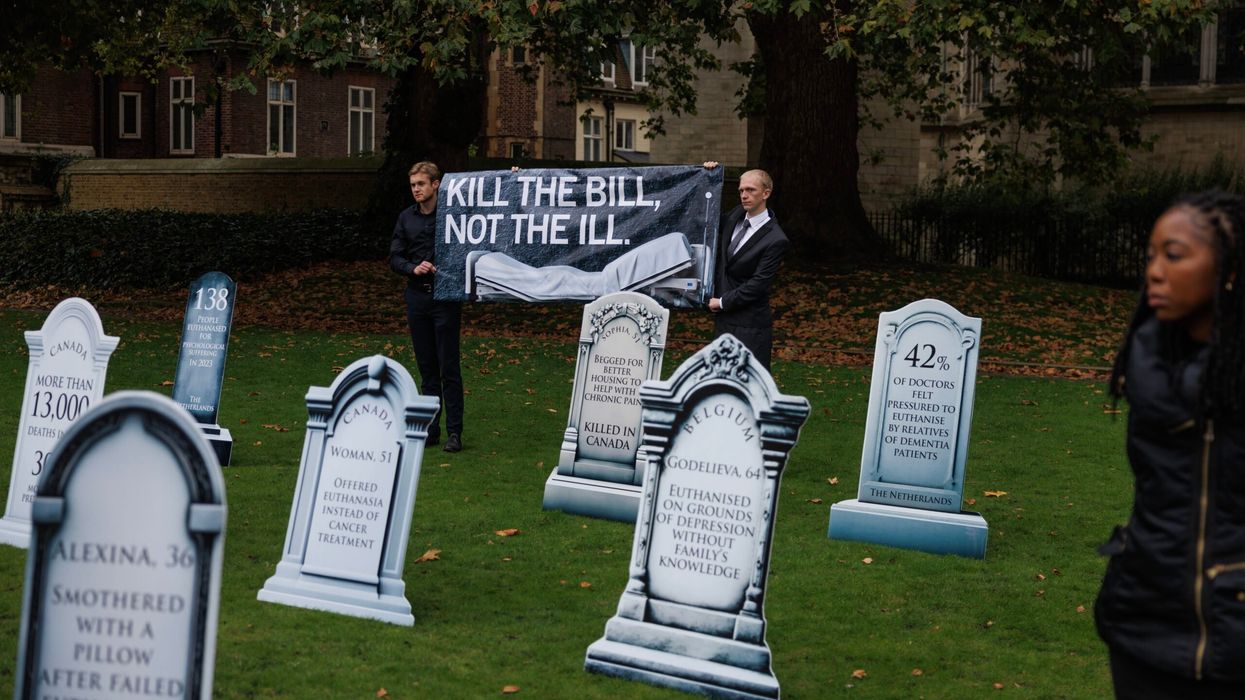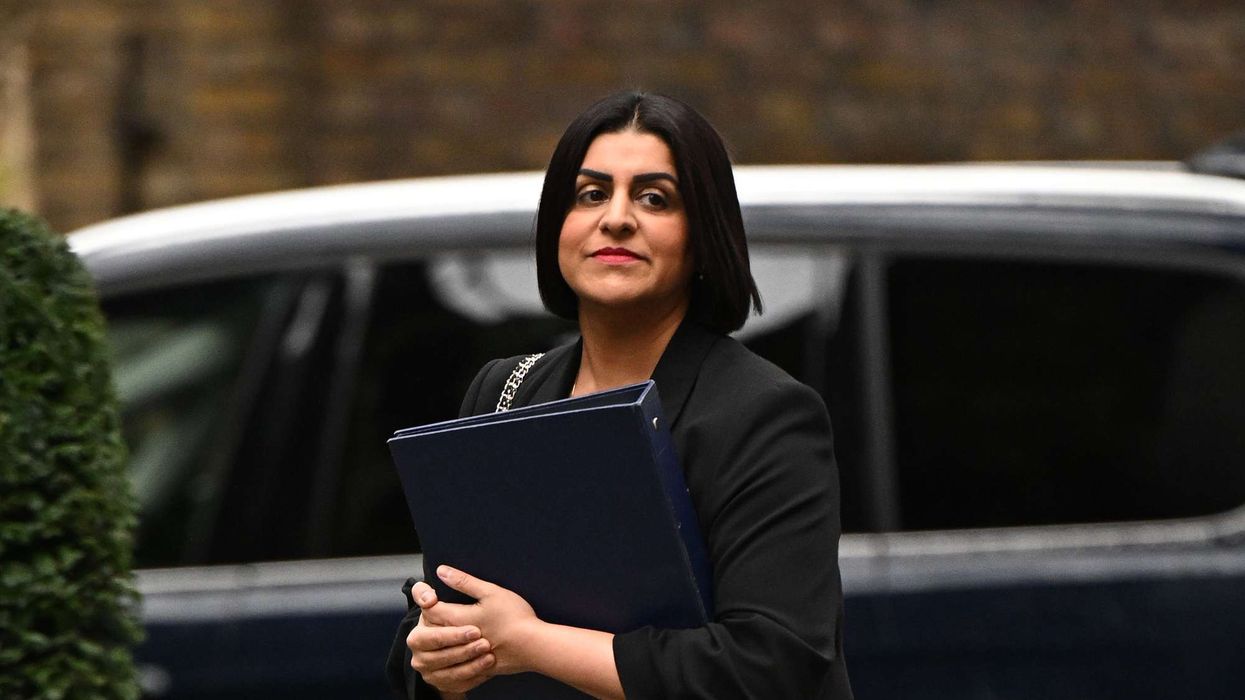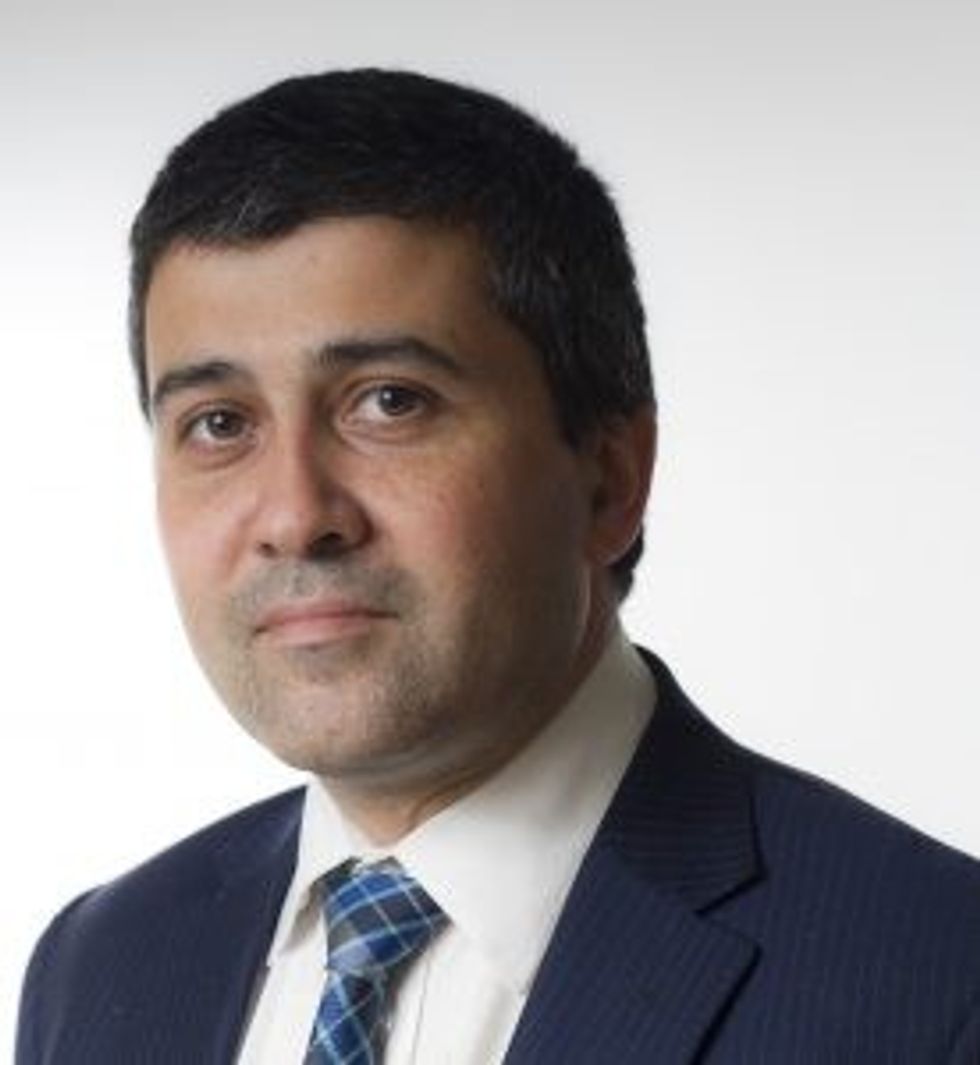“BRITISH people protecting mosques tonight will be deported with the Muslims when I take power. Traitors to your own. Unacceptable”. Brendan O’Rourke of Lincolnshire earned himself a three-year prison sentence for a fortnight of stirring up racial hatred.
He championed the violence, pledged to join in, threatened its opponents and warned his followers not to believe the official “cover up” stating that the Southport murderer was not a Muslim. O’Rourke also paid tribute to the man who made this incitement possible. “Elon Musk is a hero. We wouldn’t know half of what is going on if he hadn’t brought this app,” he posted on X (formerly Twitter), shortly before his arrest.
The court heard another reason why O’Rourke felt so personally grateful to Musk. His hateful X account generated a regular income stream from the platform’s payments to content creators. He told police it could be up to £1,400 a month. That sounds a surprising, perhaps exaggerated amount for posting escalating racial hatred to 90,000 users.
The court revelation that X subsidised these crimes shows the need to collect the evidence systematically. For every conviction involving online hatred, the relevant platform should be mandated to report on its history. Were any of the accounts that committed the crimes monetised? For how long – and how much? Was there any evidence of behaviour change or radicalisation? Had the platform received any prior complaints about the account – and did it uphold, reject or ignore them?
Online dynamics are one key to the paradox of racism in Britain in 2024: a society with fewer and fewer racists – decade by decade – yet with a wider experience and fear of racist abuse today than at the turn of the century.
There is a profound, positive attitudinal shift across generations, a result of more meaningful contact, from an earlier age, making the lived experience of ethnic contact an everyday norm. Yet, even as the recruitment rate into racism falls across generations, a shrinking, toxic group has become more virulent and violent.
I personally received more racist abuse in the past fortnight than at any other point in my lifetime. Online dynamics lower the barriers to racial hatred: anybody with a public profile is only one click away from the bigots and bots. This summer’s violence has dramatised the real-world dangers when racism festers online. The cliché that online platforms can only reflect prejudices which exist in society is trivially true, but dangerously misleading. The intense 24/7 milieus that normalise hate and socialise people towards violence can disrupt social norms – and mean shifting attitudes are not reflected in people’s lived experience.

It is good that 85 per cent of people opposed the violent disorder, but broad social norms are not enough. Around two per cent of people were elated by the racist violence.
Fringe platforms, such as Telegram and Gab, play a crucial role in enabling 24/7 networks to socialise violence among the fringe of the fringe.
There is a strong case that Musk has been the most important amplifier of racial hatred in our country over the past 12 months. Musk may be at times an unwitting ally to those with a more lifelong commitment to fostering racial hatred, but he is a useful facilitator, nonetheless. This violence would have been unlikely to have had such speed, scale or reach without his decisions.
The social consequences of Musk arise from a combination of both his acts and his omissions since buying the Twitter platform. Twitter was making some progress against online hatred before Musk took over.
The shock of the Christchurch massacre saw individuals and groups who promote hatred and violence deplatformed. It finally became against the rules to tweet “the Jews/Muslims are vermin” from 2019 – a rule eventually extended to cover Asian and black people by 2021 too. Twitter’s UK executives made promises in parliamentary hearings to fill more glaring gaps in the rules once the racism against England’s footballers increased the profile of the issue.
Musk reversed that progress. He re-platformed Britain First and Patriotic Alternative – extreme groups whose core mission is to radicalise people towards inter-ethnic conflict. He quietly changed enforcement policies so most tweets found to break the platform’s rules on “hateful conduct” would not be removed, merely de-amplified. More important, he sacked most of Twitter’s safety staff, leaving the reporting system broken and understaffed, with networks of trolls and bots left to run amok.
Musk’s public reputation in Britain has nosedived since he bought Twitter. Some 64 per cent of the British public disapprove of the businessman, while just 17 per cent approve. He has declared civil war in the UK inevitable and challenged the prosecution of racist incitement.
That toxic reputation underlines why prime minister Sir Keir Starmer has no reason to shy away from the fight Musk has picked with him.
Democratic leaders should speak for the broad public consensus that major platforms must better contain racial hatred in order to maintain both their legal and social licence to operate.
(The author is the director of British Future)

